-
-
 In 1924 John Logie Baird invented the first working television using any material he could find.
In 1924 John Logie Baird invented the first working television using any material he could find. -
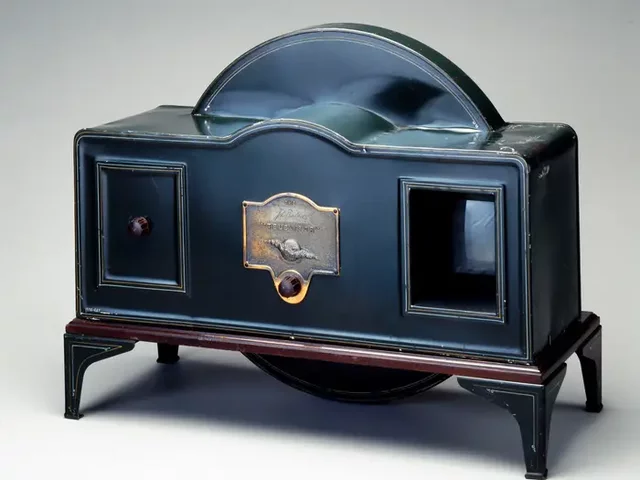 The Baird Televisor became the first television sold commercially in 1929.
The Baird Televisor became the first television sold commercially in 1929. -
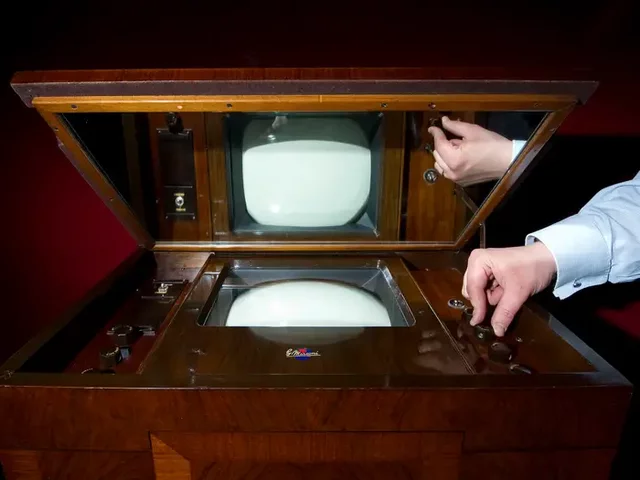 The Marconi 702 invented in the 1930s, was a luxury item only the rich could afford. The tv set was sold for $130.
The Marconi 702 invented in the 1930s, was a luxury item only the rich could afford. The tv set was sold for $130. -
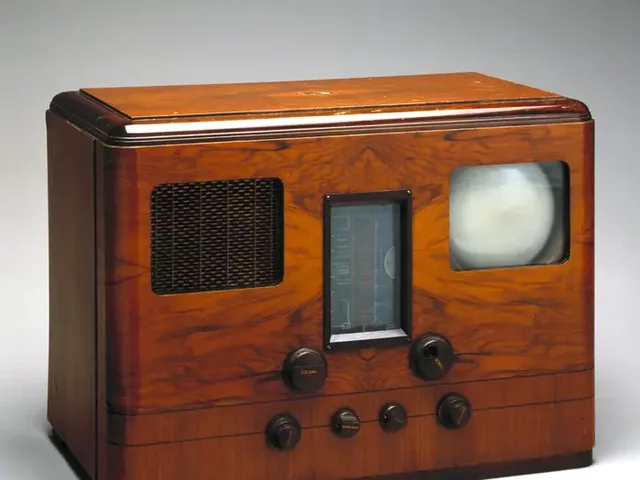 His Master's Voice or HMV combined both radio and television together in the 1930s.
His Master's Voice or HMV combined both radio and television together in the 1930s. -
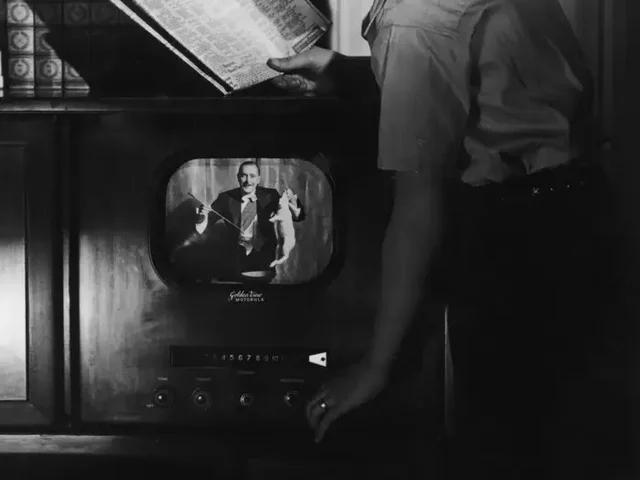 The popularity of televisions like this Motorola Golden View boomed in the 1940s. Due to price drops, Americans were buying 100,000 TVs a week in 1949.
The popularity of televisions like this Motorola Golden View boomed in the 1940s. Due to price drops, Americans were buying 100,000 TVs a week in 1949. -
 In the late 1940s, broadcast stations started producing shows based on their radio serials for TVs such as the General Electric 807.
In the late 1940s, broadcast stations started producing shows based on their radio serials for TVs such as the General Electric 807. -
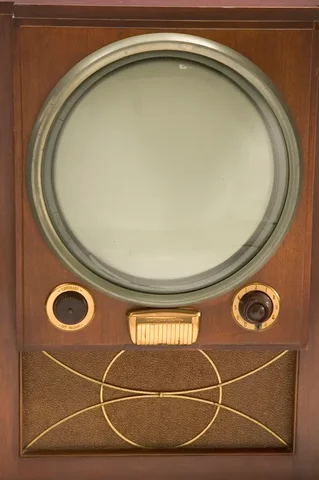 With more shows and technological improvements, TVs — like this Raytheon M 1601 — were more popular than ever in the 1950s. The first color television system began broadcast in 1953.
With more shows and technological improvements, TVs — like this Raytheon M 1601 — were more popular than ever in the 1950s. The first color television system began broadcast in 1953. -
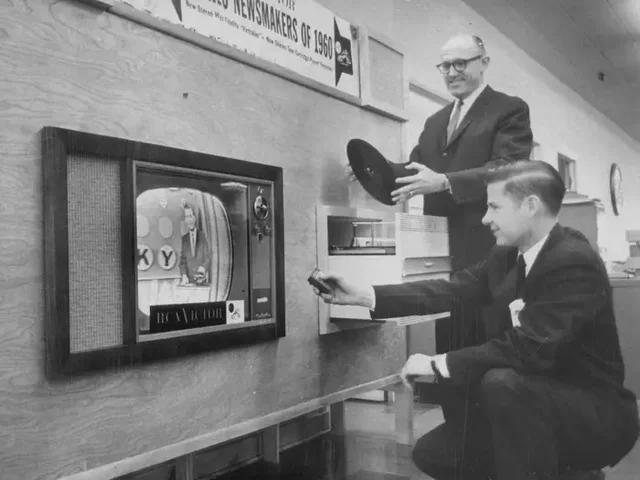 Companies continued to invent new technology such as the electronic remote control switch for the RCA Victor TV in 1960.
Companies continued to invent new technology such as the electronic remote control switch for the RCA Victor TV in 1960. -
 Daytime television was introduced on receivers like the Philco Tandem Predicta in the 1950s and '60s.
Daytime television was introduced on receivers like the Philco Tandem Predicta in the 1950s and '60s. -
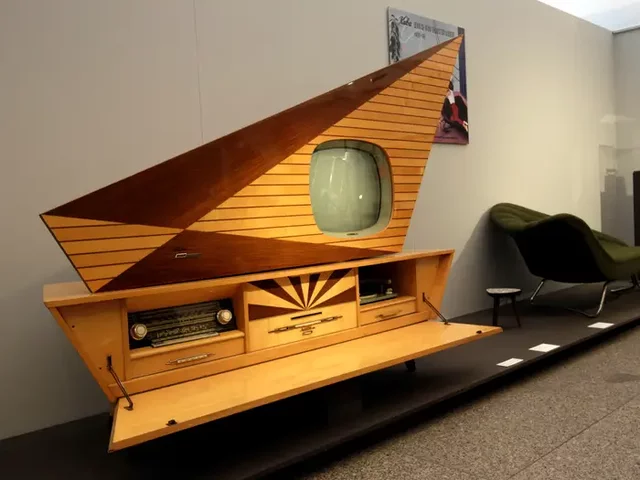 The 1960s brought creative and bizarre TV designs, including the home entertainment center.
The 1960s brought creative and bizarre TV designs, including the home entertainment center. -
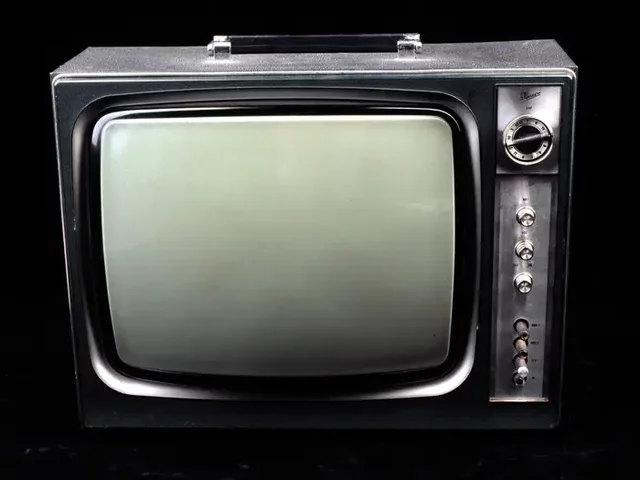 Though color television proved popular, price drops on black-and-white TVs like the Marconiphone monochrome receiver meant households could afford more than one set in the 1970s.
Though color television proved popular, price drops on black-and-white TVs like the Marconiphone monochrome receiver meant households could afford more than one set in the 1970s. -
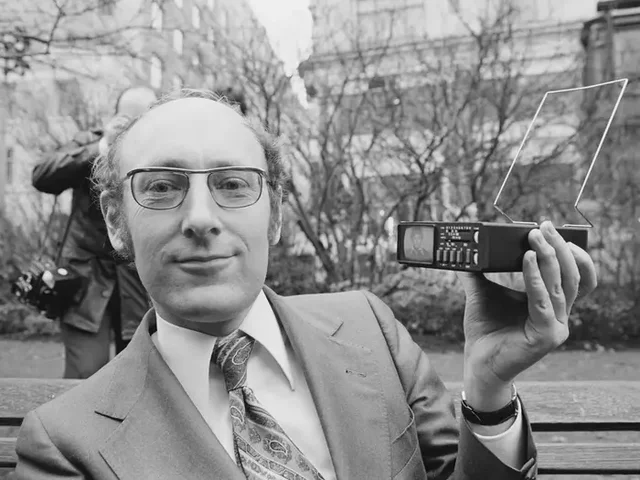 The Sinclair Microvision was released in 1976, offering portable television for the first time.
The Sinclair Microvision was released in 1976, offering portable television for the first time. -
 Similar in spirit to Sinclair's pocket television, the Seiko TV Watch claimed to be the smallest TV in the world.
Similar in spirit to Sinclair's pocket television, the Seiko TV Watch claimed to be the smallest TV in the world. -
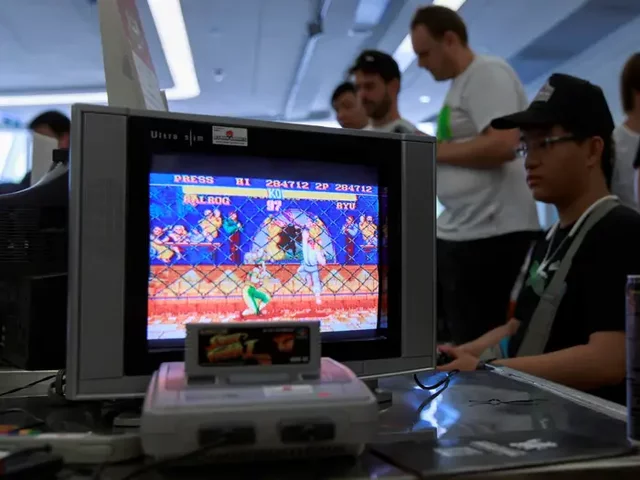 No longer a new commodity, TVs such as the Philips 21St became a staple in most homes by the 1980s and '90s.
No longer a new commodity, TVs such as the Philips 21St became a staple in most homes by the 1980s and '90s.
Around 60% of households in America had cable by 1989, according to research by The Drum. -
 The first flat-screen TVs were an expense most people couldn't afford, but during the 2000s, they quickly began to replace the box television sets of old.
The first flat-screen TVs were an expense most people couldn't afford, but during the 2000s, they quickly began to replace the box television sets of old. -
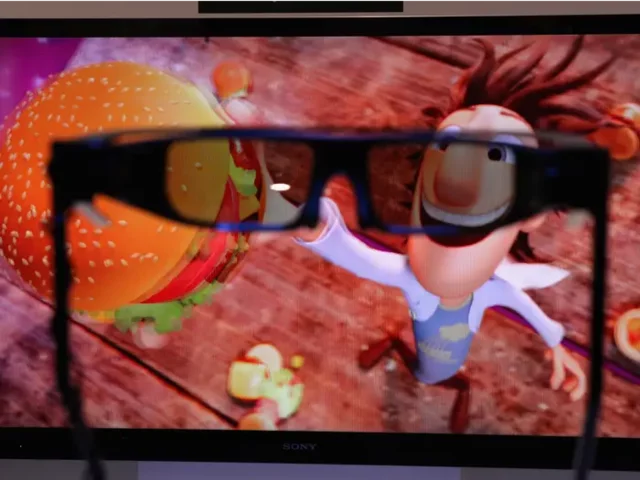 Companies like Sony tested a new dimension in the living room with the creation of its 3D TVs in the 2010s.
Companies like Sony tested a new dimension in the living room with the creation of its 3D TVs in the 2010s. -
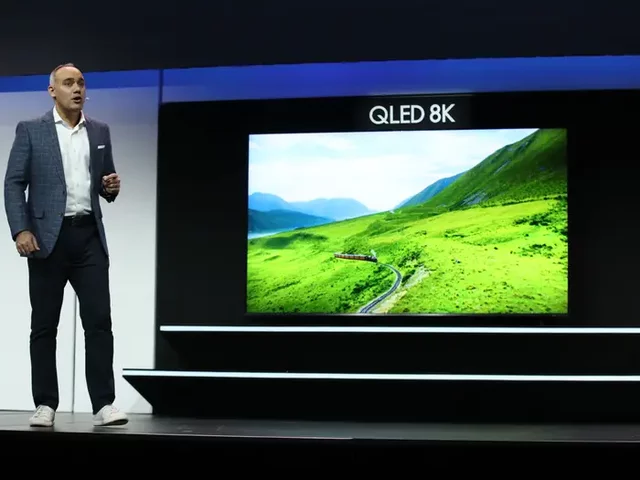 A few short years later, 4K flat screens are obsolete with the introduction of 8K resolution.
A few short years later, 4K flat screens are obsolete with the introduction of 8K resolution.